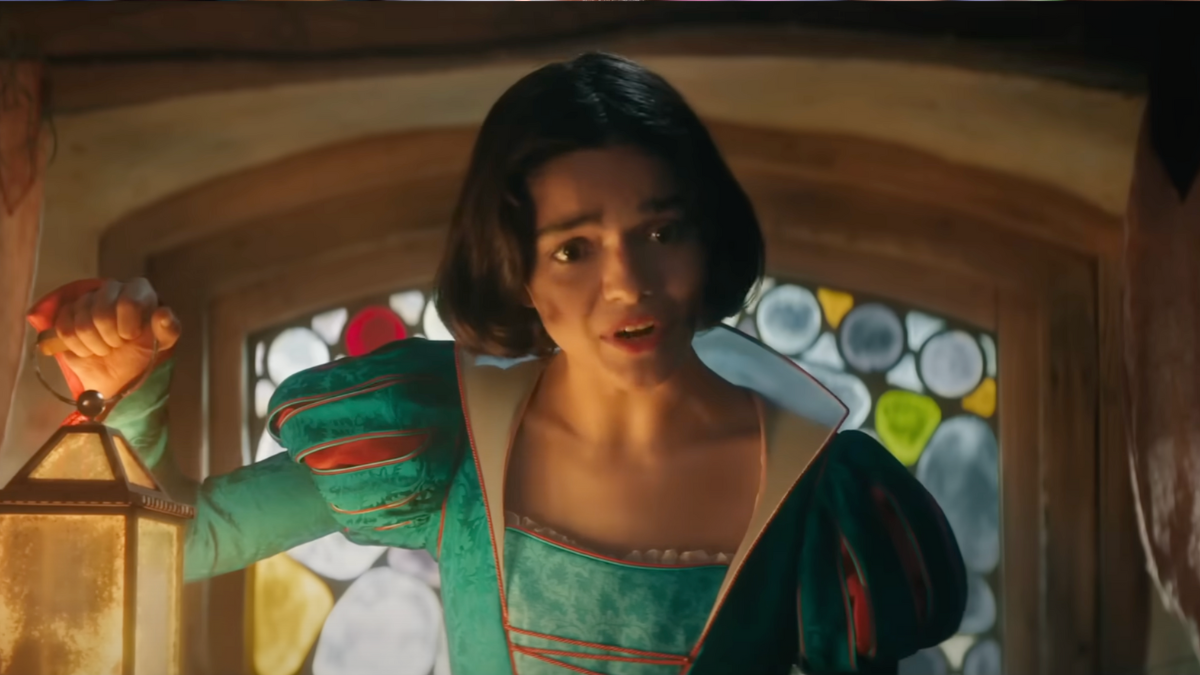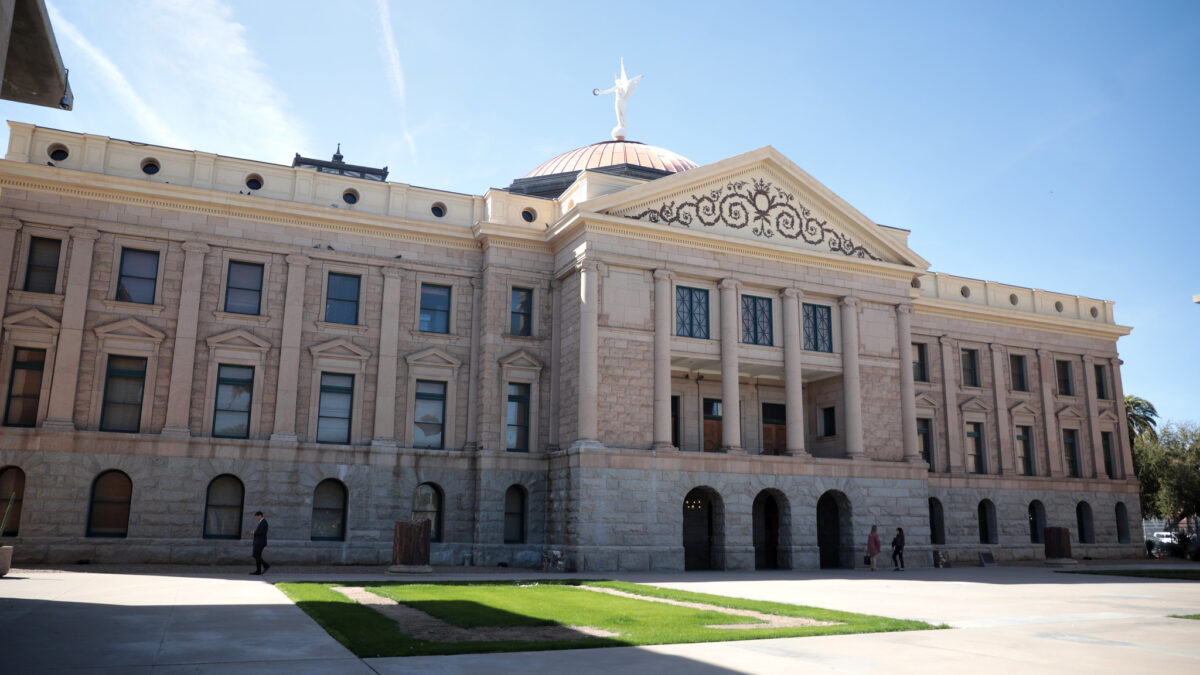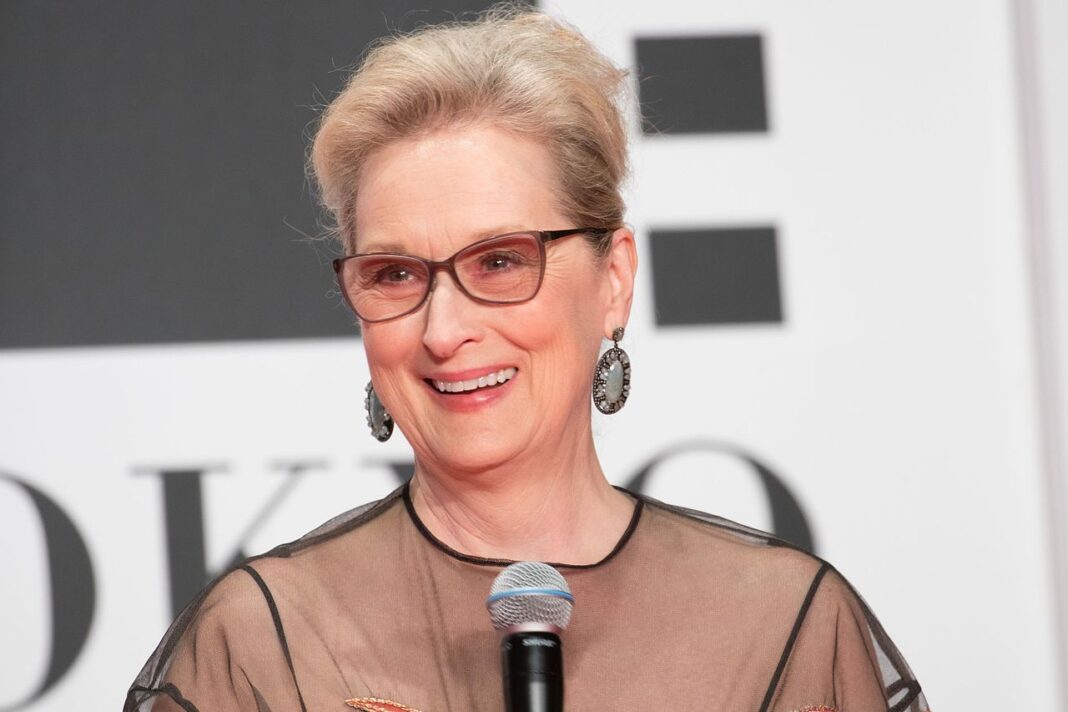Is Meryl Streep, Hollywood royalty and master of transformative acting, the wrong choice to breathe life into the majestic lion Aslan in a potential Narnia adaptation?

The Federalist makes a compelling argument that her talent, while undeniable, might inadvertently undermine the rich, allegorical depth of C.S. Lewis’s beloved fantasy world. Could casting a human actor, even one of Streep’s caliber, dilute the profound symbolism of Aslan as a Christ figure, potentially impacting the very core of Narnia’s spiritual message?

The Feminine in Narnia

At the heart of C.S. Lewis’ Narnia series is the character of Aslan, a symbol of Christ and a central figure whose masculinity is integral to the story. The concept of altering Aslan’s representation to fit a feminine embodiment, even by such a renowned actress as Meryl Streep, raises significant questions about the integrity of the original narrative. Aslan is not just a character; he is a profound allegory for Christ, whose sacrifice and role as the redeemer of Narnia is deeply rooted in Christian theology. This allegory hinges on the understanding of Christ as a male figure, a distinction that is key to the story’s religious undertones.

The Importance of Aslan’s Masculinity
Within the world of Narnia, Aslan’s character is a manifestation of strength, wisdom, and moral authority. His masculinity is not merely a detail but a core element that reflects the virtues of Christ as portrayed in the Bible. Aslan’s sacrificial act in The Lion, the Witch, and the Wardrobe is an embodiment of the core Christian belief in the sacrifice of Jesus Christ. Merging Aslan with a feminine representation would fundamentally alter the narrative, potentially diminishing the profound allegorical message. It is through his strength and willingness to endure suffering that Aslan becomes a powerful symbol of the Christian redemption story.

Consequences of Altering Aslan’s Representation
The potential consequences of altering Aslan’s representation extend beyond mere storytelling. Such a change could dilute the allegorical depth that C.S. Lewis so masterfully crafted. The depth of the Narnia allegory lies in its ability to convey complex religious narratives through a fantastical lens. Aslan’s role, as a male figure, underscores the specific theological themes that Lewis intended to convey. Any deviation from the original character design could lead to a misinterpretation of these themes, potentially confusing rather than enlightening the audience about the intended religious message.

The Role of Hollywood in Shaping Religious Narratives
Hollywood’s engagement with religious narratives has often been a subject of intense debate. The broader context of how Hollywood treats religious and allegorical content provides a backdrop to the concerns surrounding the Netflix adaptation of Narnia. The industry’s history with religious narratives is marked by a pattern of either romanticizing or trivializing the core religious messages.
Hollywood’s Take on Religious Content
Historically, Hollywood has approached religious stories with a mix of reverence and commercialism. Films such as Jesus Christ Superstar and The Passion of the Christ have attempted to bring sacred stories to life on the big screen. However, these adaptations have often faced criticism for either underrepresenting or overemphasizing elements of the original narratives. The challenge lies in maintaining the fidelity of the original stories while appealing to a broad audience. The delicate balance between artistic freedom and religious reverence is often tenuous in Hollywood.
Hollywood’s Missteps with Christian Stories
Prior attempts to adapt Christian stories have sometimes resulted in adaptations that miss the mark. For example, the 2005 film The Nativity Story was praised for its historical accuracy but criticized for downplaying the spiritual significance of the birth of Jesus. Another notable misstep was the 2006 animated film Prince of Egypt, which, while visually stunning, was criticized for downplaying the divine aspects of the Exodus story. These examples highlight the difficulty in translating religious texts and allegories into a cinematic format without losing the core religious message.
The Future of Narnia Under Netflix
The announcement of Netflix’s plans to produce a new iteration of the Narnia franchise has sparked significant interest and concern. Considering Netflix’s track record and past handling of religious themes, the future of this beloved series under their direction is a topic of heated discussion among fans and critics alike.
Netflix’s Approach to the Narnia Universe
Netflix has demonstrated a willingness to tackle complex and controversial themes, with series like What If… and The Chilling Adventures of Sabrina showcasing the streaming giant’s ability to navigate intricate narratives. However, the sensitivity of religious content in the Narnia series introduces a new dimension to their usual approach. The company’s interest in The Magician’s Nephew as the starting point for the new series suggests an intent to revisit and possibly reinterpret the original stories. This decision could be seen as an opportunity to explore the foundational myths of Narnia, but it also carries the risk of misinterpretation or oversimplification.
Fan and Religious Community Reactions
Fans and religious communities have responded with a mix of concern and curiosity to Netflix’s plans. The consideration of Meryl Streep for Aslan’s role has been met with particular criticism, as it touches on the core allegorical elements of the story. Discussions on fan forums and social media have highlighted the potential impact of such a casting choice. The reactions range from outright rejection of the idea on religious grounds to more nuanced discussions about the broader implications for religious-themed narratives in media. These reactions underscore the deep emotional and religious investment fans have in the Narnia narrative.
The Broader Implications for Christian Fiction
The debate over the Netflix adaptation of the Narnia series extends beyond just the allegorical integrity of a single franchise. It raises critical questions about the treatment of religious narratives in modern media and the broader implications for how Christian fiction is adapted for screen.
Impact on Christian Fiction and Adaptations
The potential misinterpretation of Aslan’s character in the Netflix adaptation could set a precedent for the handling of religious allegories in future adaptations. C.S. Lewis’ work has long been celebrated for its ability to convey complex theological concepts through creative storytelling, and any deviation from these principles could lead to a dilution of the original message. The adaptation of other Christian fiction works may also be influenced by how Netflix handles the Narnia series. If the adaptation is seen as a failure in preserving the original allegory, it could discourage future attempts to bring similar narratives to a wider audience, or it might lead to a more cautious approach to religious content in general. This caution could result in a reluctance to adapt other Christian literature, fearing similar backlash or misinterpretation.
Preserving the Integrity of Religious Allegories
The integrity of religious allegories is a critical issue in the adaptation of Christian fiction. The characters and themes are not merely plot devices but are designed to reflect and teach core religious principles. The original Narnia films, while not without their flaws, generally maintained the allegorical integrity of C.S. Lewis’ works. A deviation from this, such as the potential casting of Meryl Streep as Aslan, could fundamentally alter the story’s core message. This raises questions about the responsibility of filmmakers and production companies to respect the original intentions of authors like C.S. Lewis. The importance of preserving the original theological and allegorical elements of religious narratives cannot be overstated, as it impacts the broader understanding and acceptance of these stories by religious communities.
Conclusion
Conclusion: A Royal Ruckus in Washington
In the end, the prospect of Meryl Streep as Aslan in a Narnia film is a tantalizing one, one that would revolutionize the fantasy genre and leave audiences in awe. The article’s main arguments – that Streep’s portrayal would be impossible due to her physical limitations, and that the character’s inherent symbolism and complexity would be compromised by such a choice – are well-reasoned and thought-provoking. By imagining a world where Aslan is played by Streep, we are forced to confront the very notion of what it means to be a symbol of hope and redemption in a society that often seems devoid of such values.
The significance of this idea lies in its ability to challenge our assumptions about the nature of power and representation in media. If a character like Aslan, who embodies so much of the spiritual and symbolic significance of Christianity, is played by a woman, it would highlight the limitations of our societal norms and the need for greater inclusivity. It would also underscore the importance of challenging traditional power dynamics in the entertainment industry, where women are often relegated to secondary or stereotypical roles. Ultimately, the possibility of Meryl Streep as Aslan speaks to a fundamental desire for a more inclusive and representative world, one in which the values and symbolism of Narnia are valued and respected.
As we move forward, the implications of this scenario are far-reaching and multifaceted. It would likely spark a global conversation about representation, diversity, and inclusivity in the entertainment industry, forcing us to confront the ways in which our society perpetuates stereotypes and biases. It would also raise important questions about the role of women in leadership positions and the need for greater representation of women in positions of power. Ultimately, the prospect of Meryl Streep as Aslan is a tantalizing one, one that would challenge us to think differently about the world and our place within it. As we stand on the precipice of a new era of representation and inclusivity, we must ask ourselves: what does it mean to be a hero, and how can we create a world where Aslan’s spirit can flourish?
